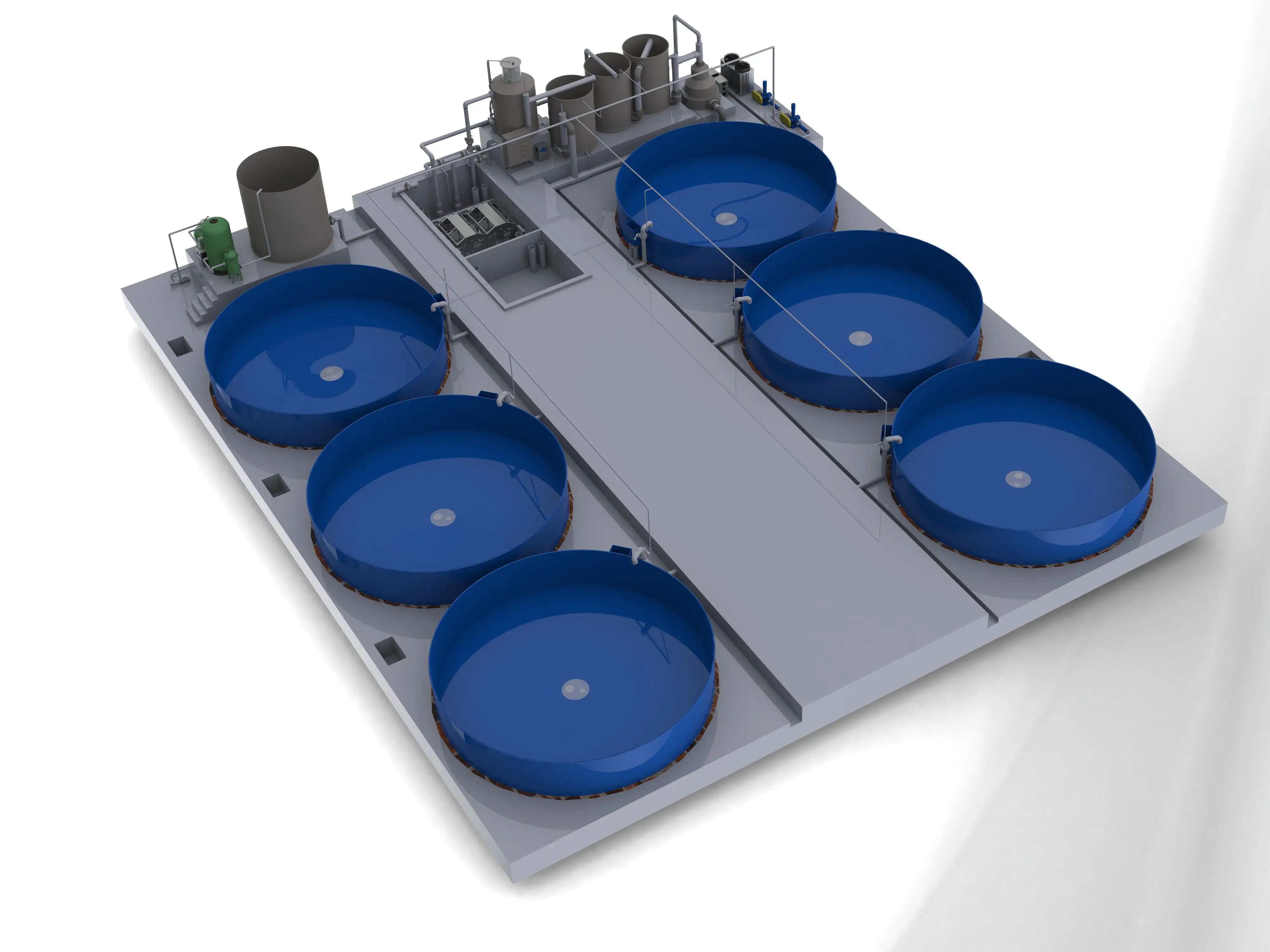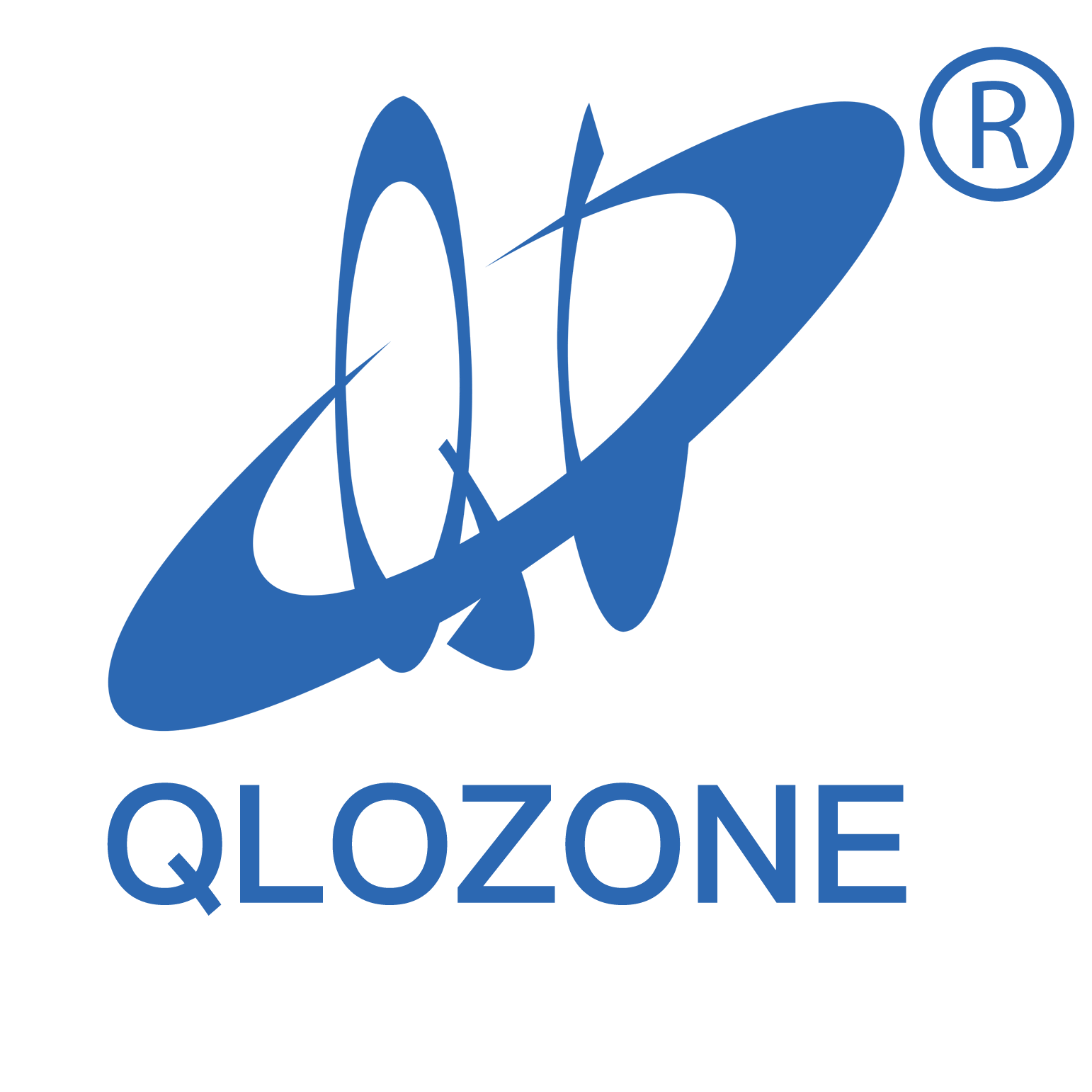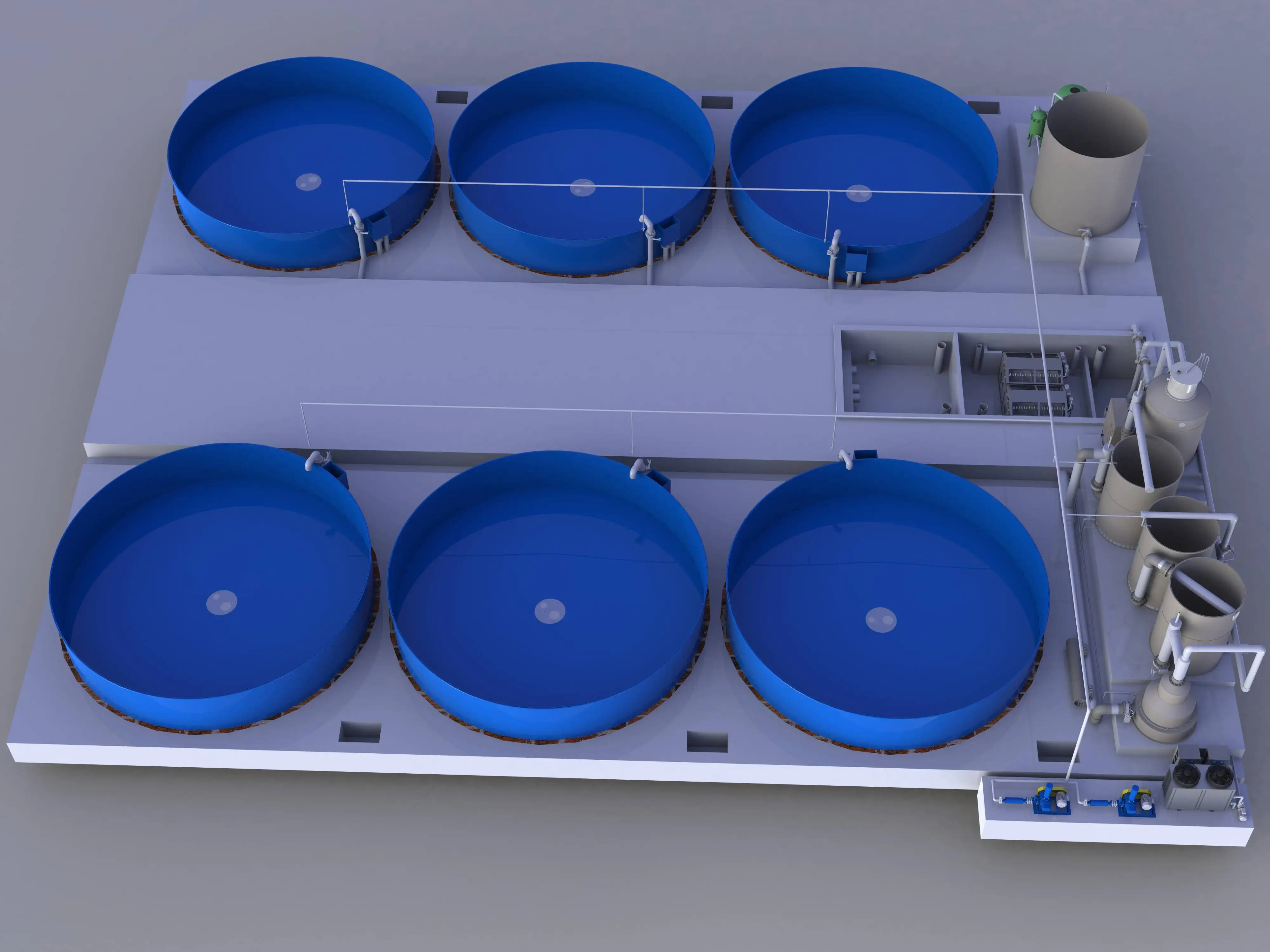Protecting Public Health Through Real-Time Water Monitoring
Clean and safe drinking water is a cornerstone of modern public health. As environmental challenges grow and urban populations expand, maintaining the purity and safety of our water sources has never been more important. One of the most reliable ways to ensure that water remains safe for consumption is through advanced water quality monitoring systems. These tools continuously analyze water conditions, detect harmful contaminants, and help stakeholders respond quickly to potential hazards.
Understanding the Importance of Water Quality Monitoring
Identifying Contaminants Early
Early detection of pollutants is essential in preventing waterborne illnesses and contamination. Water quality monitoring systems are equipped with sensors that can detect changes in pH, turbidity, conductivity, and the presence of dangerous microorganisms or chemicals. By identifying issues before they escalate, these systems help safeguard communities from exposure to harmful substances.
Regulatory Compliance and Accountability
Government agencies across the world impose strict regulations on drinking water standards. Water quality monitoring ensures that municipalities and private suppliers remain in compliance with these regulations. Regular reporting and data logging help demonstrate accountability and transparency, which are vital for public trust.
How Water Quality Monitors Work
Real-Time Data Collection
Modern water quality monitoring equipment operates in real-time, collecting continuous data from multiple sources. These systems measure a range of parameters, including temperature, dissolved oxygen, and chemical concentration. Instant feedback allows water management teams to respond promptly if any readings fall outside of safe limits.
Integration with Automated Systems
Many monitoring tools are integrated into larger water management infrastructure. Automated alerts, remote access, and cloud-based dashboards enable rapid decision-making and reduce the chances of human error. This integration also streamlines maintenance processes and supports long-term planning for infrastructure improvements.
Enhancing Community Safety
Preventing Public Health Crises
Contamination events can have devastating consequences for large populations. By deploying robust water quality monitoring systems, public health authorities can proactively detect issues and avoid crisis scenarios. These technologies act as an early warning system, ensuring that mitigation steps are taken long before harm reaches the public.
Supporting Emergency Response
In the event of a natural disaster or industrial spill, water supplies can quickly become compromised. With real-time monitoring in place, emergency responders can determine the extent of contamination and implement targeted responses. This precision saves time, resources, and lives.

Monitoring Applications in Various Settings
Municipal Water Supplies
Cities rely heavily on water quality monitoring to maintain large-scale water distribution systems. From reservoirs to treatment plants to household taps, sensors are strategically placed to track water health throughout the entire system. This holistic approach minimizes the chance of contamination at any stage.
Industrial and Agricultural Settings
Factories and farms can be significant sources of water pollution. Monitoring systems help detect discharge levels and ensure that waste management practices do not endanger nearby water sources. They also support sustainability goals by providing insights into how industrial processes can be adjusted for reduced environmental impact.
Key Parameters in Water Quality Monitoring
Chemical and Biological Indicators
Monitoring tools assess a wide array of factors, such as chlorine levels, nitrates, heavy metals, and microbial presence. Each of these indicators plays a role in determining water safety. For example, the presence of E. coli bacteria signals potential fecal contamination and demands immediate intervention.
Physical Measurements
Physical characteristics like turbidity, temperature, and color are also important markers of water quality. High turbidity, for instance, may indicate runoff or sedimentation issues, which can reduce disinfection effectiveness and shelter harmful pathogens.
Advancements in Water Monitoring Technology
Wireless and Remote Monitoring
Recent innovations in wireless sensor networks have made it possible to monitor water quality in remote or difficult-to-access areas. These systems transmit data to centralized platforms, eliminating the need for manual sampling and increasing the efficiency of monitoring programs.
Data Analytics and Predictive Insights
The integration of AI and machine learning into water quality monitoring has opened the door to predictive analytics. By analyzing historical data patterns, these systems can forecast potential contamination events and guide preventive actions before problems arise.
FAQ
What is water quality monitoring and why is it important?
Water quality monitoring involves the continuous assessment of water conditions to detect pollutants and ensure safety. It's essential for protecting public health and maintaining regulatory compliance.
How does water quality monitoring work?
It uses sensors and automated systems to collect real-time data on physical, chemical, and biological parameters. This information helps detect contamination early and supports rapid responses.
Who benefits from water quality monitoring?
Communities, water treatment facilities, regulatory bodies, and industrial users all benefit from reliable water quality data that ensures safe and sustainable usage.
Can water quality monitoring prevent health issues?
Yes, by identifying contamination early, it enables timely interventions that prevent the spread of waterborne diseases and reduce health risks.
Table of Contents
- Protecting Public Health Through Real-Time Water Monitoring
- Understanding the Importance of Water Quality Monitoring
- How Water Quality Monitors Work
- Enhancing Community Safety
- Monitoring Applications in Various Settings
- Key Parameters in Water Quality Monitoring
- Advancements in Water Monitoring Technology
- FAQ

